BAC NINH - I was born in a rural area located between the banks of the Cau River and the Thuong River. My village is in Hoang Ninh Commune, Viet Yen District, Bac Giang Province, now Nenh Ward, Bac Ninh Province, where Mr. Than Nhan Trung used to live. He was the one who left an eternal admonition for posterity: "Talented people are the vital energy of a nation. When the vital energy is prosperous, the country will be strong and rise. When the vital energy is weak, the country will be weak and fall. Therefore, all the holy emperors and wise kings took the task of nurturing talented people, selecting scholars, and cultivating vital energy as their first task."
That admonition transcends the limits of space and time, becoming the opening words of many great history books, the light for every dynasty, every nation-building and defense work. Not only is it the spirit of a dynasty, that saying is also an enlightening philosophy for every era, when people still need wisdom to develop and morality to stand firm.
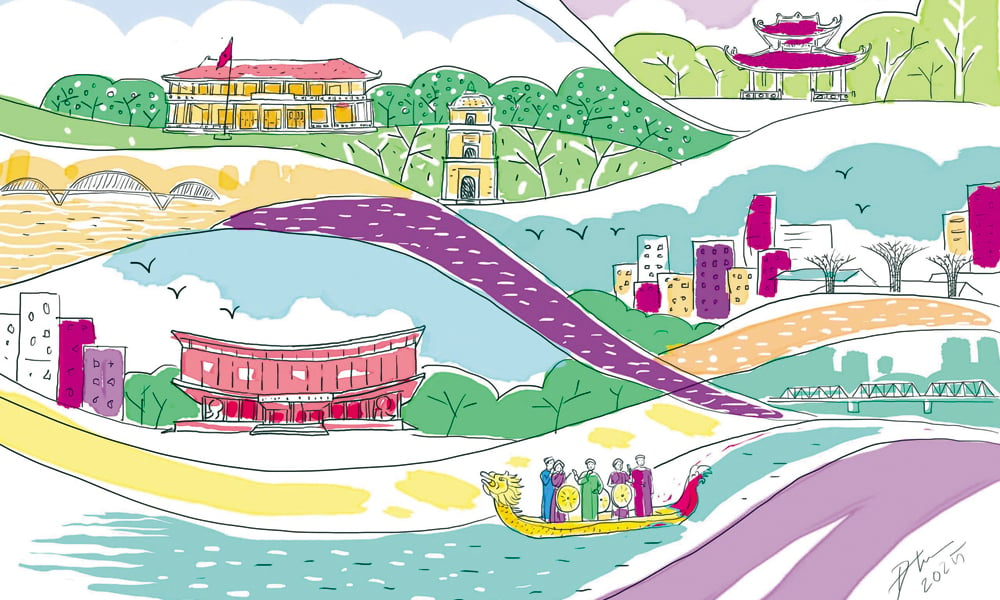 |
From that source, I grew up beside the Thuong River - a rustic, hard-working river with a stirring power. Not as fierce as the Red River, nor as peaceful as the Huong River, the Thuong River is silent but passionate, carrying within its heart the sediments of many generations of land that used to be the fence of ancient Thang Long.
On the other side is the Cau River - the river of quan ho, of lyrical melodies and love songs. Writer Do Chu - my fellow countryman - once wrote: "There is the Thuong River flowing into my life, there is the Cau River flowing through my life and there are pages of books that support me through the years..." That sentence is like an admission: We were born from the river, grew up thanks to the river and throughout our lives carry within us a part of the character of those flows. The Thuong River is Bac Giang, the Cau River is Bac Ninh - two bloodlines flowing, two ups and downs blending into a great melody of the country. Do Chu's writing is not only a personal nostalgia, but also a piece of writing that symbolizes the common memories of many children of Kinh Bac and Ha Bac.
There are things that seem to be just geography, but when linked to history, culture and human destiny, they become sacred. Like Bac Ninh and Bac Giang, two provinces that were separated from Ha Bac province in 1997, now officially merged into the new Bac Ninh province. Meeting again after nearly three decades, not in a quiet return, but in a journey forward full of confidence, in a spirit of convergence, aspiration and maturity.
I have traveled many times through the lands of ancient Ha Bac - from Dong Ho painting village, ancient Dau pagoda in the downstream to Phuong Nhan, Yen Dung, Luc Ngan in the upstream - each place carries within itself a piece of history and culture, forming a common memory map of the whole region - the place formerly known as Kinh Bac. In that map, Bac Giang appears as the place where cultural values crystallize, creating the depth of Kinh Bac identity. Bac Giang's cultural space is rich with a system of heritages recognized nationally and internationally.
| A new land is opening up. A new era is beginning. And I, the son of the rustic land by the Thuong River, still believe in the miraculous rise of the place that gave birth and raised me, with the seasons of heavy rice, the sound of chickens at noon, my mother's lullabies... and with a simple yet great saying: Talents are the vital energy of the nation. |
Vinh Nghiem Pagoda, which preserves a valuable set of ancient woodblocks, is recognized by UNESCO as a World Documentary Heritage; Bo Da Pagoda with its ancient architecture and the most unique tower garden in Vietnam. Yen Tu range in the West embraces a part of the Truc Lam spiritual space - a Zen sect founded by King Tran Nhan Tong, crystallizing the patriotism and worldly spirit typical of Vietnamese Buddhism. Bac Giang also preserves and promotes many types of intangible cultural heritage such as ca tru, hat van, Then practice... - heritages that have been honored by UNESCO. On that cultural foundation is the colorful diversity of ethnic minorities such as Tay, Nung, San Chi, San Diu... contributing to creating a brilliant, vibrant cultural carpet in the midst of a land of sweet fruits all year round.
In that land, there is a sacred symbol that cannot be ignored - Do Temple, the temple worshiping eight kings of the Ly Dynasty in Dinh Bang village, the birthplace of a dynasty that brought Dai Viet into a period of independence and development. That sacred space seems to remind every Kinh Bac child today of their noble origin, the birthplace of the wise king Ly Thai To with his visionary ideology of moving the capital and his aspiration to build a strong nation.
Bac Giang is also proud to be home to Safe Zone II - the Hiep Hoa area that was once a strategic base of the Party Central Committee since 1943. Ancient communal houses, moss-covered pagodas, and thatched houses in the villages along the Cau River once quietly sheltered revolutionary cadres, became places to print documents, hide cadres, and contributed to the victory of the August Revolution and the long-term resistance war that followed.
Today, from the land that used to be the Safe Zone, Hiep Hoa is rising strongly, becoming a new development pole in the West of Bac Ninh, a place that connects revolutionary tradition with the desire for innovation, modernity and integration. And it is impossible not to mention Yen The, the homeland of the three-decade-long anti-French uprising led by leader Hoang Hoa Tham. The echoes of the old insurgents seem to still echo through every festival, every patch of forest, every song: "Trai Cau Vong Yen The - Gai Noi Due Cau Lim", a folk saying that both praises the spirit and evokes the harmonious beauty between literature and martial arts, between the tragic and lyrical qualities of the people of this land.
The name Ha Bac later became a symbol of diligence and creativity. But even before bearing this name, Kinh Bac land had given birth to many great revolutionaries and intellectuals such as Nguyen Van Cu, Hoang Quoc Viet, Ngo Gia Tu... Those people came from the land of quan ho, the land of uprisings, carrying with them the spirit of patriotism, the will to change lives, contributing to the great flow of the nation.
But Ha Bac was once considered a purely agricultural region with few breakthroughs. The separation in 1997 was not only an administrative decision, but also a test of the mettle of the two regions. And miraculously, after nearly three decades, both Bac Giang and Bac Ninh have demonstrated an impressive rise - not through words, but through specific, clear, and proud achievements.
Bac Giang, from a poor midland province, has risen to become a new industrial center in the North, leading the country in GRDP growth rate for many years. This success is a testament to the right strategy, industrial development coupled with institutional reform, infrastructure expansion, synchronization of planning and selective investment attraction. Bac Giang has grown rapidly thanks to its innovative thinking, decisive leadership and consistency in building a favorable environment for businesses.
Meanwhile, Bac Ninh, from the land of lyrical quan ho, has quickly become a strongly developed industrial province. As the first locality to welcome Samsung factory to Vietnam, Bac Ninh has quickly risen to become a high-tech center, a bright spot in digital transformation and administrative reform. GRDP per capita is continuously among the highest in the country. Bac Ninh is the "cradle" of intangible cultural heritage, also a model for the aspiration for industrialization and modernization associated with Vietnamese cultural identity.
Two different development rhythms, but aiming at the same goal: Building a new center of the North - a convergence of modern industry, dynamic services, rich culture and pioneering technology. The merger of Bac Giang and Bac Ninh to re-establish the new Bac Ninh province is a geographical return, and at the same time an epochal encounter between two strong, ambitious and powerful development streams.
The ancient Kinh Bac people valued letters, affection, and righteousness. From that land, folk songs resounded, imbued with the spirit of humanity and filial piety. Just one Quan Ho song could make lifelong friends. The people here still call each other “Anh Hai” and “Chi Ba” - a form of address that is both intimate and full of affection, preserving the source of a rustic and simple culture of behavior that shines with dignity.
I believe that the new Bac Ninh will be a symbol of a land that is changing strongly. There, the Thuong River and the Cau River still flow tirelessly. There, people wake up every morning, carrying with them a whole sky of tradition and a far-reaching vision. There, children will learn their first lessons through Quan Ho songs, through the story of Mr. Than Nhan Trung and the words left by their ancestors. The young generation growing up in that land will not only learn to read and write, but will also be nurtured by cultural roots, folk songs, lullabies. And also lessons about chivalry and morality left by their ancestors.
Each of us is standing before an unprecedented historical moment - between nostalgia and hope, between the cherished past and the future that is opening up ahead. If we listen carefully, we will still hear the gentle call of two rivers: the Thuong River and the Cau River, like two notes in a grand chord called Kinh Bac - Ha Bac - Bac Giang - Bac Ninh - New Bac Ninh.
A new land is opening up. A new era is beginning. And I, the son of the rustic land by the Thuong River, still believe in the miraculous rise of the place that gave birth and raised me, with the seasons of heavy rice, the sound of chickens at noon, my mother's lullabies... and with a simple but great saying: Talents are the vitality of the nation .
Source: https://baobacninhtv.vn/dong-chay-hoi-tu-vung-kinh-bac-postid421001.bbg






![[Photo] Hanoi morning of October 1: Prolonged flooding, people wade to work](https://vphoto.vietnam.vn/thumb/1200x675/vietnam/resource/IMAGE/2025/10/1/189be28938e3493fa26b2938efa2059e)

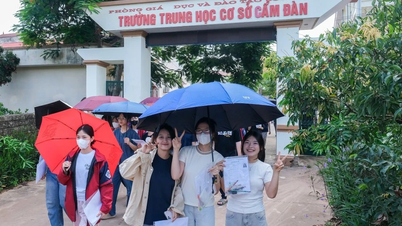


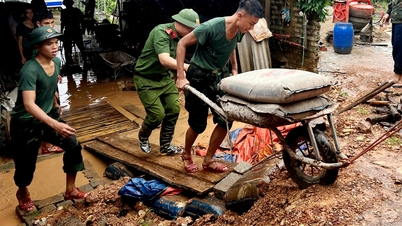
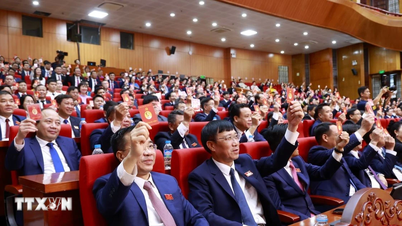


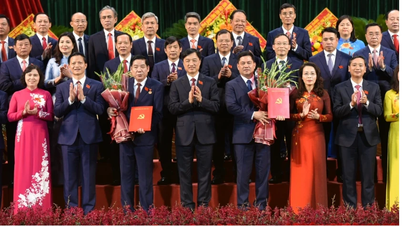
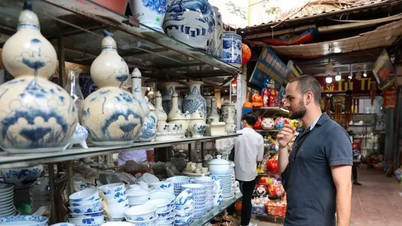

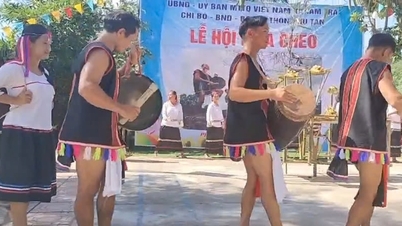

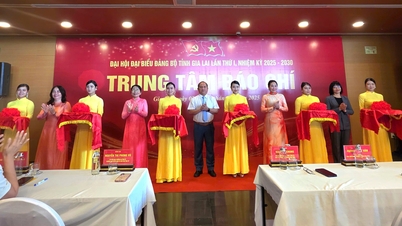

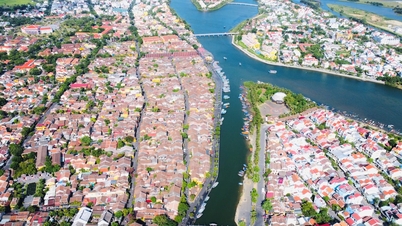
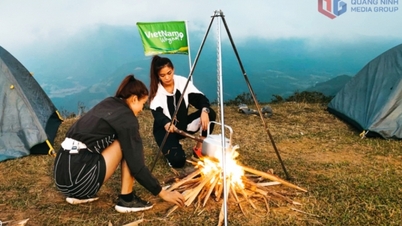

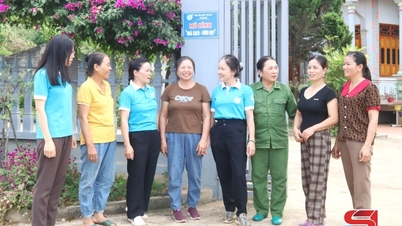





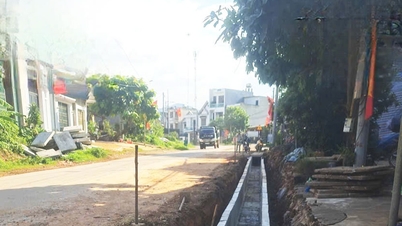

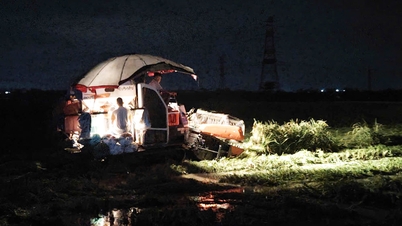

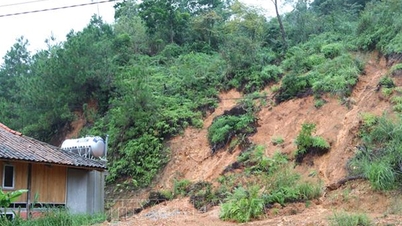

![[Photo] Panorama of the cable-stayed bridge, the final bottleneck of the Ben Luc-Long Thanh expressway](https://vphoto.vietnam.vn/thumb/1200x675/vietnam/resource/IMAGE/2025/9/30/391fdf21025541d6b2f092e49a17243f)
![[Photo] The 1st Congress of Phu Tho Provincial Party Committee, term 2025-2030](https://vphoto.vietnam.vn/thumb/1200x675/vietnam/resource/IMAGE/2025/9/30/1507da06216649bba8a1ce6251816820)
![[Photo] President Luong Cuong receives President of the Cuban National Assembly Esteban Lazo Hernandez](https://vphoto.vietnam.vn/thumb/1200x675/vietnam/resource/IMAGE/2025/9/30/4d38932911c24f6ea1936252bd5427fa)





















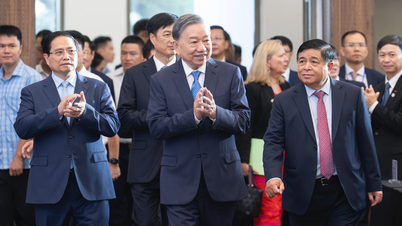
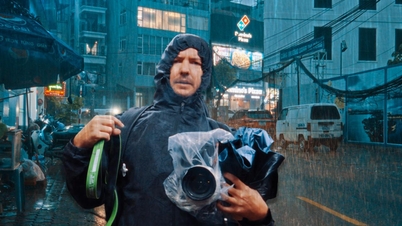

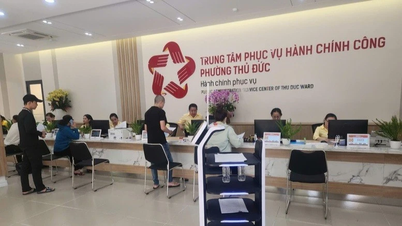

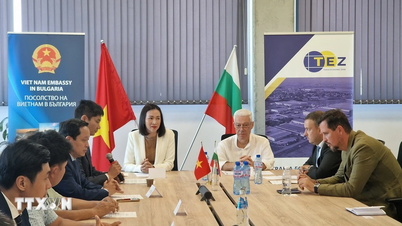









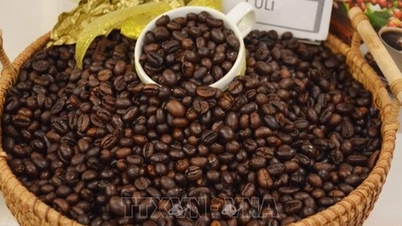
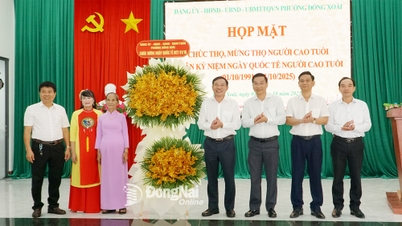

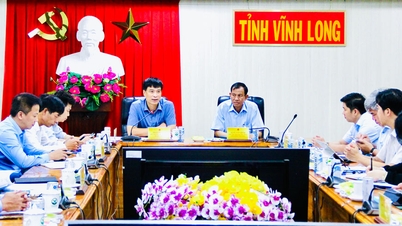

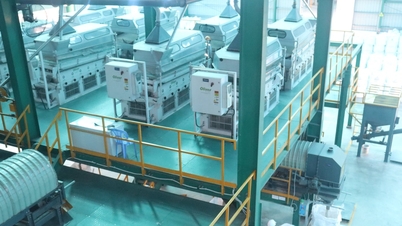
















Comment (0)